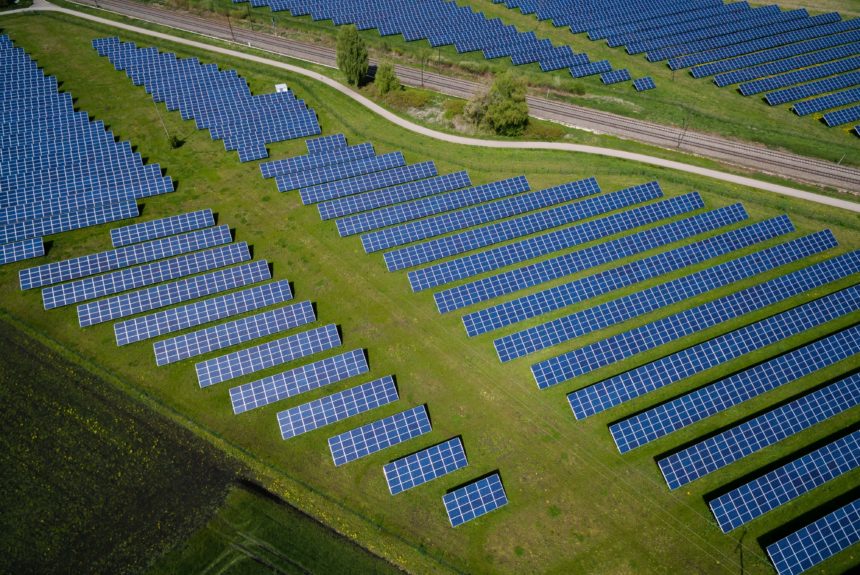In remarks about clean technology deployment at COP26, President Joe Biden emphasized that “Innovation is the key to unlocking our future.” Agreed. Innovation is the key to a more prosperous, enjoyable, and healthier future with a cleaner environment. It is the key to reducing the risks of climate change. When it comes to the government’s role in driving innovation, however, innovation means different things to different policymakers.
In the same speech, President Biden remarked that climate goals won’t be met through “government action alone.” Agreed and moreover, innovation best happens when it is led by the private sector, not the government. Entrepreneurs have and will continue to develop climate-friendly energy supplies, agricultural practices, natural solutions, industrial processes, and effective technologies to directly remove carbon dioxide from the atmosphere. Surely, government research, development and demonstration can be a catalyst to innovation. When applicable, public-private partnerships can, too.
Nevertheless, a central focus for policymakers in the U.S. and around the world should be to remove the government-imposed barriers to deployment and cost reduction. As Matthew Yglesias stressed in an article that details various regulatory challenges with clean energy technologies, “permitting obstacles are a huge barrier to short-term increases in renewable power and an even bigger barrier to longer-term developments that at least might unlock enormous amounts of zero-carbon advanced nuclear or geothermal projects.”
Yglesias goes on to say, “Demolishing these barriers is more important than further spending on R&D and innovation.” Not to say that spending on R&D isn’t important, it clearly is, but as Yglesias also noted, “Not because no innovation is needed, but because deployability will unlock not only private R&D but also the kind of practical learning-by-doing that has taken solar from ‘this is technology that works’ to ‘this is technology that’s cheap.’” Similarly, Bill Gates argues that reducing the “Green Premium” will be pivotal to the widespread global adoption of cleaner technologies.
We can have reasonable disagreements on the role of government in accelerating innovation. It is also worth mentioning that subsidies to established technologies can misallocate resources, entrench special interests, erect barriers to competing technologies, and reduce the incentive to lower costs and be competitive without the subsidies. Yet, building back better and cleaner will be best achieved when legislators and the administration do the dirty work of removing regulatory obstacles to cost-effective clean technology deployment.
The views and opinions expressed are those of the author’s and do not necessarily reflect the official policy or position of C3.
